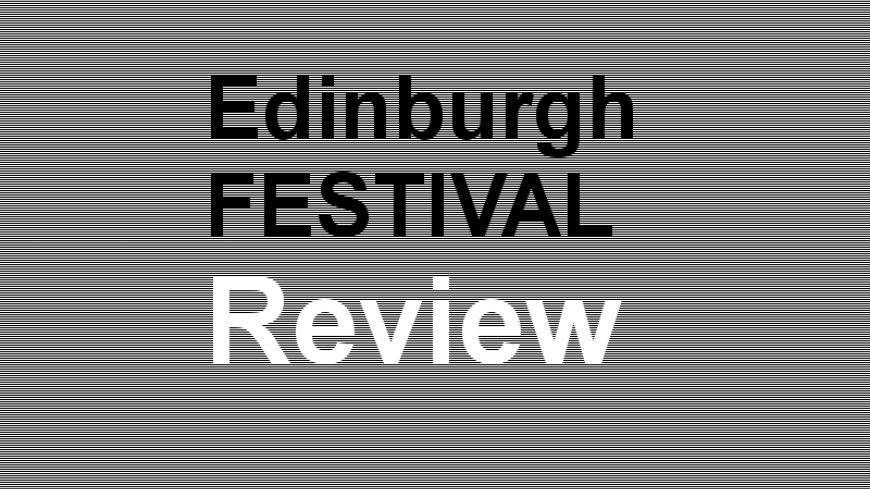
It was at the EIF 2005, when Scottish Ballet, revamped and revitalised under artistic director Ashley Page, performed a luscious programme of Balanchine classics, proving it was now a world class dance company.
Interestingly, American choreography continues to be a major part of their repertoire and style.
Last year Scottish Ballet wowed critics with their performance by New York choreographer Stephen Petronio's MiddleSexGorge, (1990), a piece described as "smart, visceral and transgressive... the dancers perform it passionately."
A clever move, then, by Page to commission Petronio to create a world premiere for this year's Festival. The starting point of "Ride the Beast" is a selection of songs by rock band Radiohead, blending computerised electronic music and jazz rhythms. According to Petronio, it was Radiohead's soundscape which creates "a world I wanted to move these dancers through".
Two dancers in black latex bondage gear move in sharp, robotic steps like gymnastic exercises. The mood lightens as two girls in white tunics with wing-like sleeves drift across the stage to the lyrics of the song, "Creep" ...'You're just like an angel, Your skin makes me cry, You float like a feather .... Run, run, run.'
Dressed in colourful costumes, four dancers fly like tropical birds with dynamic leaps across the stage as the music picks up pace and volume, each disparate solo movement denoting wild gaiety and freedom. Quirky, fresh and exciting choreography shifting scene by scene from gentle lyricism to playful energy.
The American choreographer Trisha Brown is renowned for pushing the limits for appropriate movement in choreography, creating her own post-modern dance revolution. For "For MG: the Movie,"(1991), she commissioned Alvin Curran to compose a specific score, combining piano, urban sound effects, voices, buzzing flies and the ambience of summer heat in the city.
Against an urban brick wall backdrop steam rises from the floor with the sound of street traffic. Two figures stand motionless while a girl runs in ever-increasing circles around the stage, reversing, running, but getting nowhere. A child cries, a police siren wails as two or three dancers move in slow motion. The "music" intensifies, atonal piano chords harsh and uncomfortable on the ear.
Just like an abstract painting can be difficult to understand, Trisha Brown is an experimental, expressionist artist, challenging dancer and audience, while breaking the boundaries of ‘conventional' contemporary dance.
"Fearful Symmetries" was created by Ashley Page for the Royal Ballet in 1994, winning the Time Out and Olivier awards. Performed live by the Scottish Ballet Orchestra, the backbone of this vivacious work is the dramatic, bold and brash score by John Adams, immediately reminiscent of Bernstein, with its Broadway glitz and jazzy rhythms.
From the moment the curtain rises, this was a visually exciting spectacle of artistic design featuring curving screens, red diagonal shaft and changing light taking us from day to night sky, through time and space. Add to this, an ensemble of terrific dancers - stylishly elegant in red and black, in duos and quartets, switching in a moment from high energy steps to gentle, balletic pas de deux sequences. Inventive, fluid, fluent choreography with real pizzazz.
(EIF performances ended.)

